SGEM#391: Is it Time for a Cool Change (Hypothermia After In-Hospital Cardiac Arrest)?
The Skeptics' Guide to EM
FEBRUARY 3, 2023
You are tidying your things […] The post SGEM#391: Is it Time for a Cool Change (Hypothermia After In-Hospital Cardiac Arrest)? The patient is in ventricular fibrillation, and you achieve return of spontaneous circulation (ROSC) on the second shock. A post-arrest ECG doesn’t show any signs of STEMI. It was also not blinded.


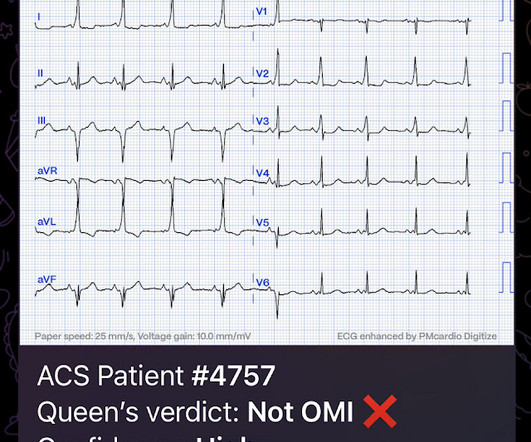
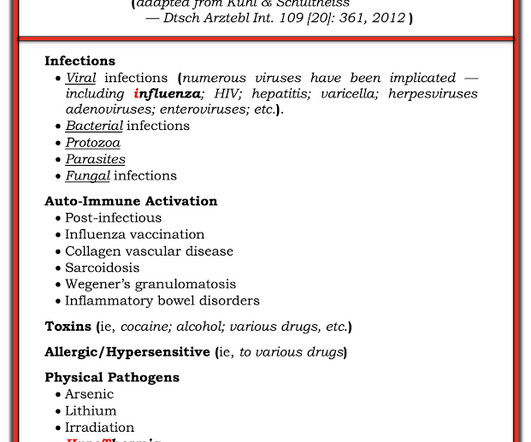
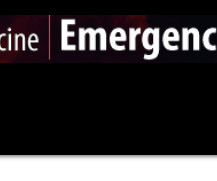
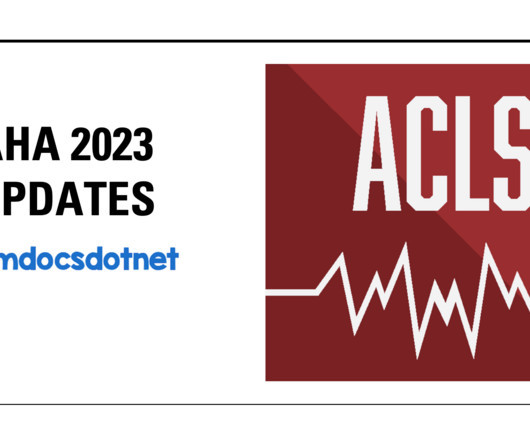
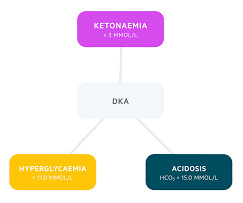
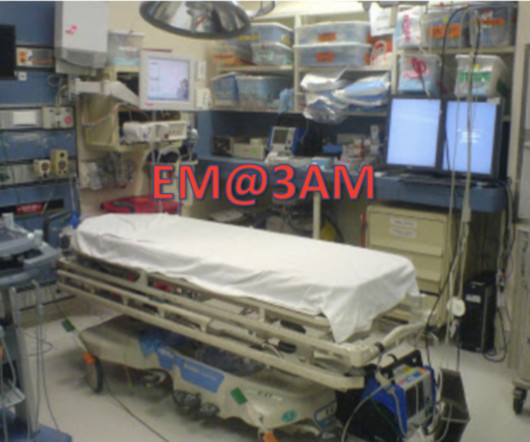

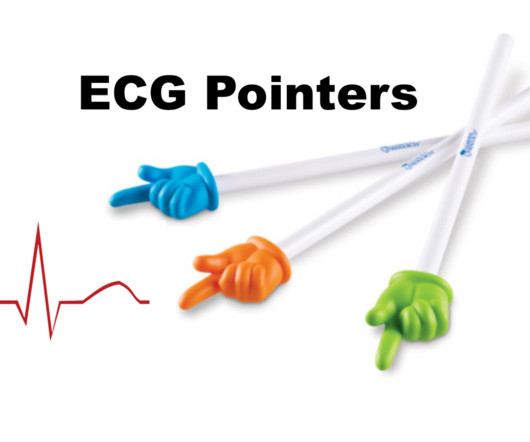
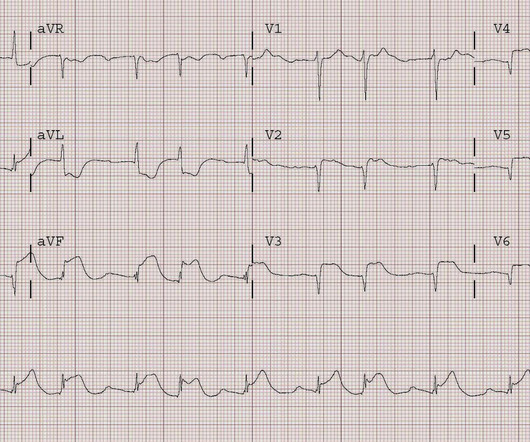
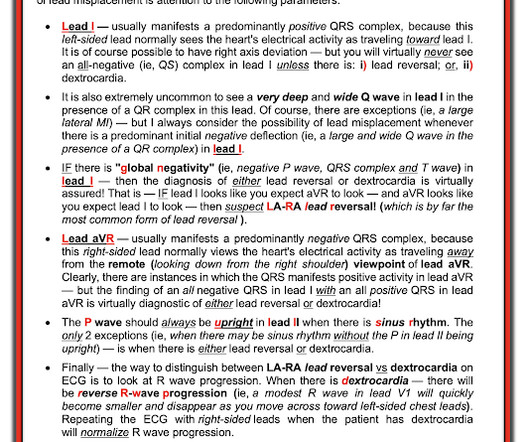
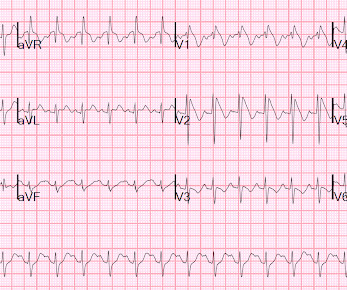

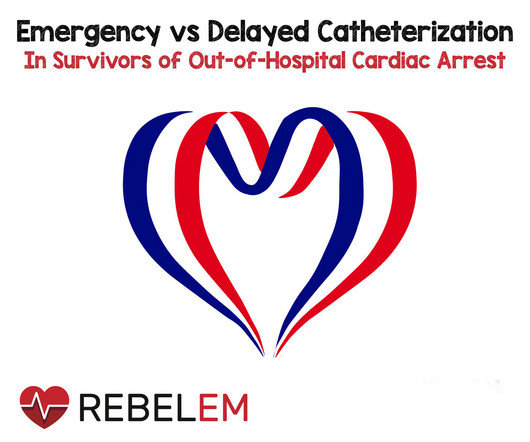

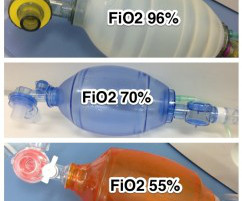
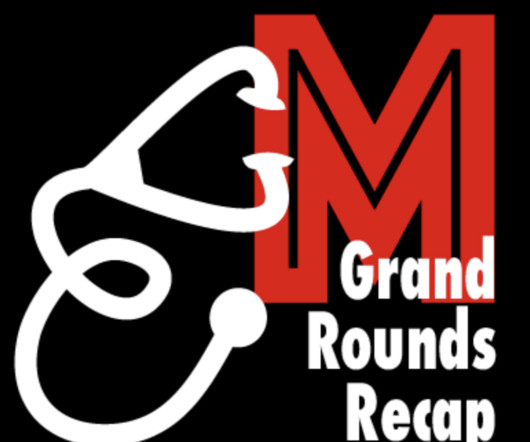






Let's personalize your content